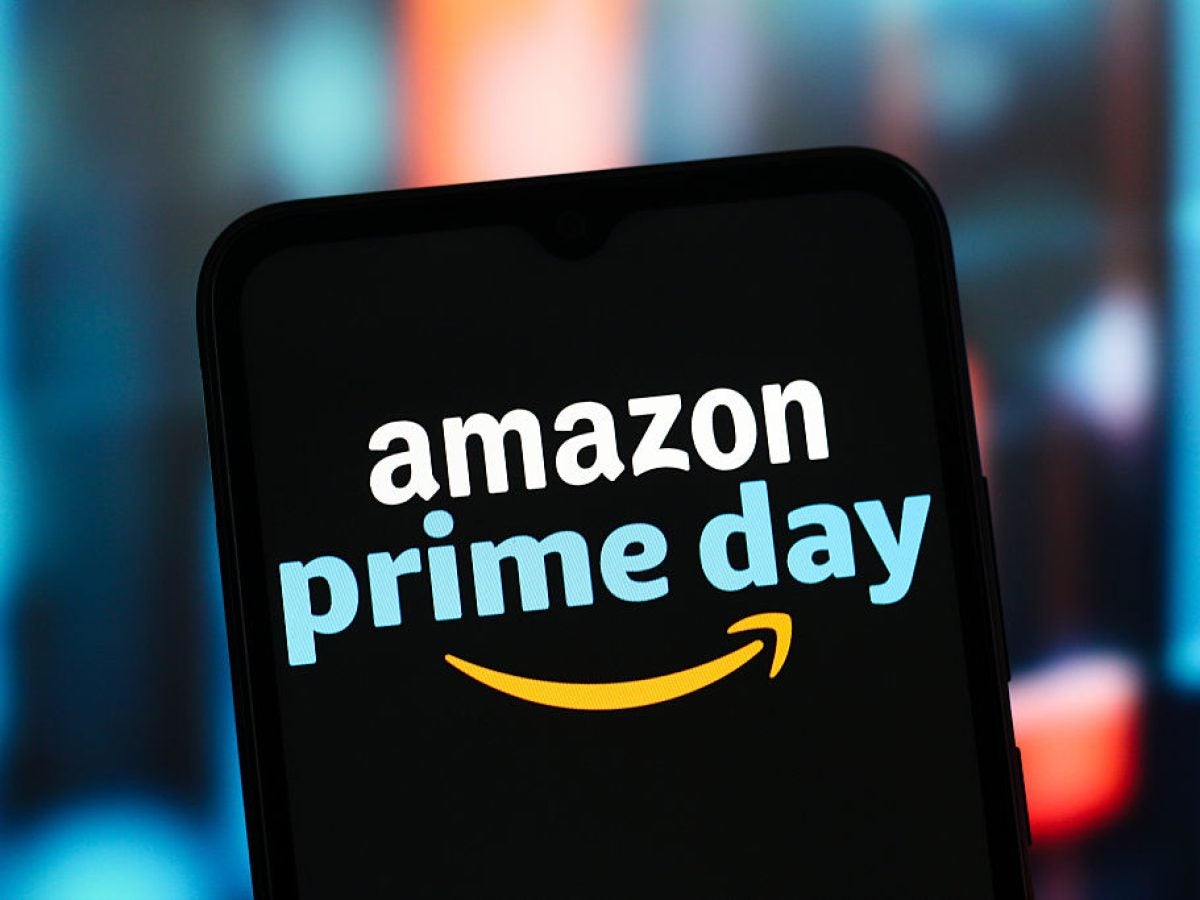
Someone is lying.
Because if we’ve all been boycotting Target and Amazon, then how did this year’s Amazon Prime Day event (July 8-11), make record-breaking sales?
The numbers tell a completely different story than the conversations that have happened online since the election (and even prior to then). And if you purchased during Amazon Prime Day sales, then I’m absolutely looking at you as a culprit. I say this while also saying, my hands aren’t completely clean either — I too have purchased from Amazon in recent months.
But Prime Day itself was massive. According to TechCrunch, this year’s Prime Day generated $24.1 billion in U.S. online spending, which is a significant 30.3% jump from last year. To put that in perspective, it was like having two Black Friday shopping events back-to-back. Last year’s Black Friday brought in $10.8 billion online, so Prime Day more than doubled that figure.
Social media influencers played a huge role in driving these sales (they got us yall!), with nearly 20% of all U.S. online retail sales during Prime Day were driven by influencer promotions. That was also a 15% increase from the previous year. The data showed that influencers were converting browsers into buyers at a rate 10 times higher than regular social media posts.
Amazon didn’t share specific Prime Day figures, only saying that it was the biggest event ever with record sales and more items sold than before. However, the company also expanded Prime Day to a four-day event this year, making comparisons to prior years difficult.
So what happened to our boycott? These are the questions that need answers. The calls to avoid Amazon have been loud and clear, but obviously not with the same smoke that has been given to other retailers, when they’re hands are just as, if not more dirty. Amazon donated $1 million to Trump’s inauguration fund, and the company streamed the January 20th ceremony on Prime Video as an additional $1 million in-kind donation. Remember, the same Bezos who feuded with Trump during his first presidency?
Well, this political flip-flop and support of Trump was just the beginning. Amazon also removed any references to diversity and inclusion from its most recent annual report and recently halted some of its diversity and inclusion initiatives. In December 2024, the company announced significant cutbacks to its DEI programs, including reductions in DEI hiring programs and employee resource groups.
For Black consumers, this felt like a slap in the face. Amazon once positioned itself as championing diversity, then abandoned those principles when it became politically convenient. The company that promised to do better was now doing worse.
Yet here we are, fresh off a Prime Day that broke every record imaginable. We tweeted our outrage, shared boycott posts on Instagram, then quietly opened the Amazon app to check for deals. The cognitive dissonance is real.
And I hate to say it, but the influencer piece makes it even messier. The same platforms hosting our boycott announcements also serve up Prime Day deals from our favorite creators. We scroll past calls to boycott Amazon only to see influencers promoting discounts minutes later. That 19.9% of sales driven by influencers shows how powerful this contradiction became.
At the end of the day, one thing we know is that the facts are the facts. And the facts show that convenience and savings beat political considerations when it comes to actual purchasing decisions. Despite what others may say publicly online. We just can’t seem to beat Amazon’s logistical advantages, Prime membership benefits, and vast product selection create a moat that makes boycotts incredibly hard to sustain, and we’re all to blame (or maybe society in general?)
So I’ll say it again: someone is lying. And part of the reason that we’re lying to ourselves (and each other) is because many of us are unclear what effective consumer activism looks like in 2025. Should the traditional boycott model assume that consumers will sacrifice convenience and better prices to make a political statement? Especially when so many of us are hurting financially during these economic times?
Whether we’re lying to ourselves about our boycott commitment, or corporations to us about their values, the $24.1 billion in sales tells a story that’s hard to ignore. Until we bridge the gap between our online activism and offline spending, events like Prime Day will continue breaking records.